What is DAP Incoterm? Everything you need to know
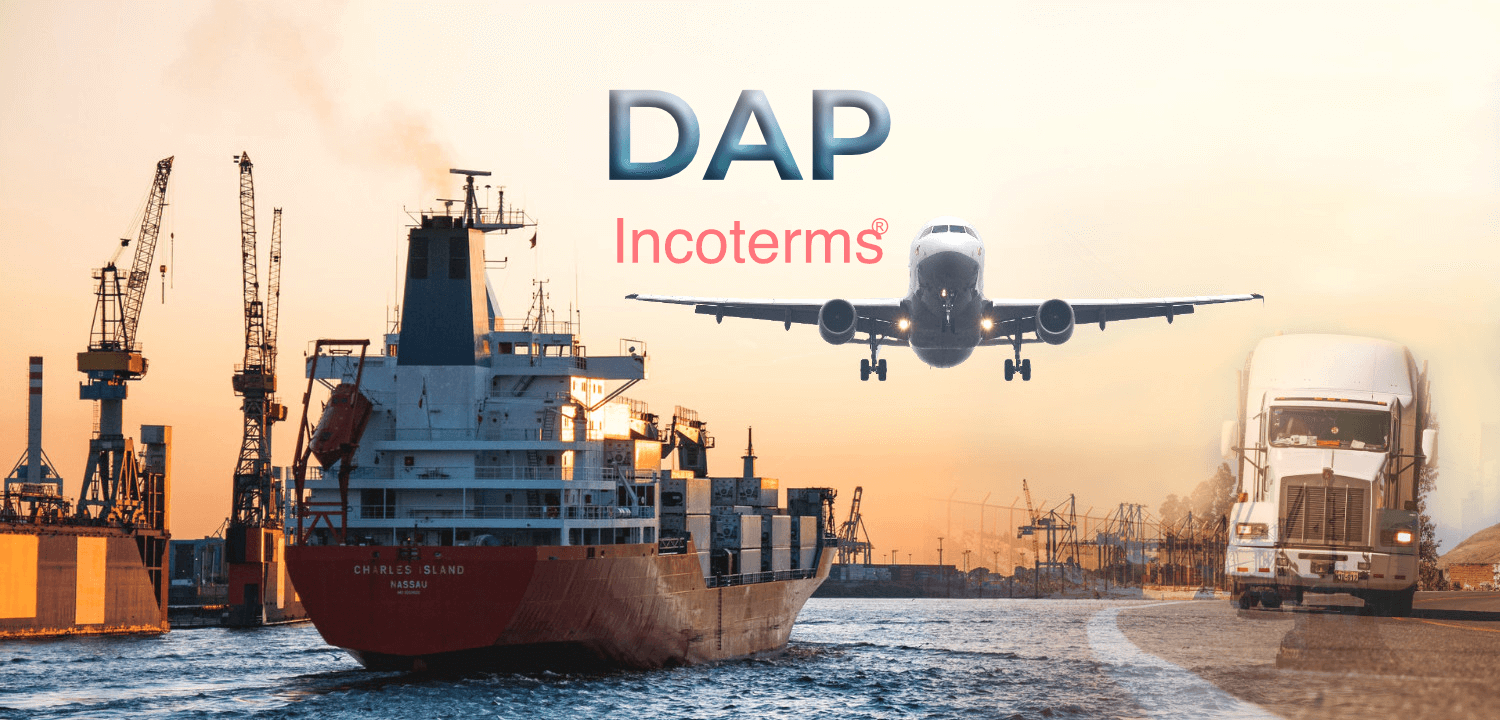
Whether you’re experienced in international trade or you’re just starting out, the word incoterm DAP cannot be a strange one to you. If you’re in the middle of making decisions about your supply chain, understanding DAP could be a game-changer for your business.
In this article, we’ll break down DAP for you. We’ll describe the roles of both buyers and sellers in this incoterm, point out when the risk shifts, and discuss the pros and cons so you can make informed decisions that align with your needs. So, let’s dig in!
What is Delivered At Place (DAP) Incoterm?
DAP, or Delivered-at-Place, is one of the terms used in international trade to define the responsibilities of buyers and sellers when it comes to the delivery of goods. DAP means that the “seller” is “responsible” for delivering the goods to a specific place agreed upon by both of you.” This agreed-upon place is in the buyer’s country, usually the destination port.
One of the key features of DAP is that the seller bears the cost and risk of transporting the goods until they reach the agreed-upon destination. Once the goods arrive at the agreed destination, the responsibility and risk shift from the seller to you. You’re in charge of unloading the goods, handling import customs clearance, taxes, and further inland transportation. DAP is one incoterm that splits the customs clearance responsibilities between buyers and sellers. The seller handles export customs clearance in their country, while the buyer manages import customs clearance in theirs.
The DAP incoterm was not introduced until 2010 to replace the now outdated DDU incoterm. Buyers can still choose to use any of them since they basically mean the same thing. DAP can be used with all modes of shipping. Insurance is not compulsory in a DAP agreement. However, you or the seller may decide to purchase it to protect the goods during shipping.

What Are the Responsibilities of Buyers and Sellers in DAP?
Responsibilities of Sellers
- Packages the goods to be ready for shipping.
- Transports the goods to the port.
- Loads the goods onto the ship.
- Obtains necessary export licenses and handles export Clearance
- Pays freight charges and other shipping costs
- Delivers the goods to the buyer’s named destination.
- Bears any losses that occur during transportation
- Provide necessary shipping documents to the buyer
Responsibilities of Buyers
- Pays for the goods according to the seller’s invoice
- Unloads the goods at the destination port
- Obtains necessary import licenses and handles import customs clearance
- Pays Customs Duties and taxes
- Transports goods to the final destination
- Bears all risks for goods after receiving them at the named destination
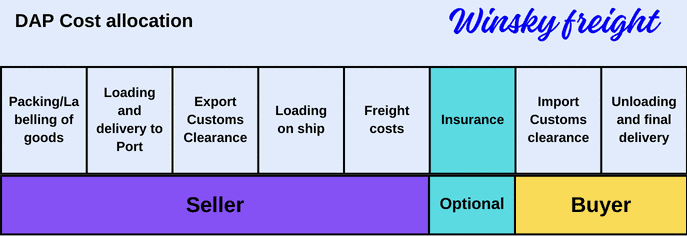
When Does Risk Transfer to the Buyer in a DAP Agreement?
This is an important point in the agreement because it shows when the buyer takes over duties from the seller. In a DAP agreement, the transfer of risk happens when the goods arrive at the destination. Before this point, the seller is responsible for any risks that may arise during transportation.
After this point, the job becomes yours. You receive the goods, unload them, and handle any risks that come with this process. You also manage the “import customs clearance” and pay any additional costs or surprise charges that come up.
When Should I Consider Using DAP?
The DAP incoterm could be a favorable option for you when:
- You’re unfamiliar with the export processes and regulations in the seller’s country,
- You want the convenience of having the goods delivered to your location without much stress on your part
- You want the seller to handle shipping.
- You’re not physically present or do not have a representative in the seller’s country.
Advantages of DAP for the buyer
Many buyers regard DAP as a buyer-friendly Incoterm because it leaves the seller with export clearance and shipping responsibilities. Here are the major benefits of using DAP as a buyer:
- Simplified Delivery: The seller is responsible for delivering goods to the destination port with this incoterm. You only need to get involved and manage the goods when they arrive in your country.
- Reduced risk and cost: The seller assumes most of the shipping risks and costs until they arrive at the agreed place, which makes you avoid serious financial liabilities. You can go about your business and wait till you get the message that your goods have arrived.
- Reduced customs stress: DAP places the responsibility of export customs clearance on the seller. This is a big advantage because many buyers are unfamiliar with the customs procedures of the seller’s country.
- Free choice of final destination: DAP allows you flexibility in choosing the final destination for unloading and distributing the goods. You can make location decisions that favor you and communicate them with your seller.
- More control over the import process: If you’re familiar with the import process in your country, DAP allows you to choose your customs broker and negotiate the import duty and tax rates. This can help you save money on import fees.
Disadvantages of DAP for the Buyer
While DAP offers some convenience to buyers, you still should weigh these benefits against the disadvantages before making any decision. Here are some disadvantages you should consider when choosing this incoterm:
- Limited control during export: This is one problem buyers face with this incoterm. Until the goods arrive in your country, you have a limited say over shipping decisions. You might be unable to choose your preferred shipping route, freight forwarder, or shipping mode.
- Risk of additional costs: Unforeseen expenses during import clearance can result in additional costs for you.
- Risk of damage during shipping: It is true that the seller bears the risk of damages during shipping, but it may be difficult for you to assess these damages until the goods reach the final destination. By this time, it might be too late.
- Customs complexities: You are still responsible for import customs clearance. This can be difficult if you’re not familiar with local regulations.
- Difficulty in tracking shipment: Since you have little control over the freight process, it may be difficult to monitor your goods during transit to know the shipment’s status.
Best Alternatives to DAP
DAP Shipping vs. DDU Shipping
These two incoterms are essentially the same. The seller and buyer perform the same roles in these two incoterms. The International Chamber of Commerce (ICC) introduced DAP to officially replace DDU starting from the Incoterms 2010 edition. Although the DDU incoterm is outdated, importers can still choose it for their international trade.
DAP Shipping vs. DDP Shipping
Delivered Duty Paid (DDP) places all the shipping responsibilities on the seller. They handle shipping costs and cover import duties, customs clearance, and all other associated costs until the goods are delivered to your location. You have no obligations beyond receiving and unloading the goods when they arrive. This is unlike the DAP incoterm, where the seller takes over the shipping and customs clearance once the goods arrive at the destination port.
DAP Shipping vs. CIF Shipping
Costs, Insurance, and Freight, or CIF shipping, entails the seller paying for shipping and insurance up until the goods arrive at the destination port. Both incoterms have similar responsibilities for buyers and sellers, but the key difference is insurance. In CIF, the seller must purchase insurance for the goods, unlike in DAP, where the seller isn’t obligated to do so.
From the destination port, you then take charge of unloading, import duties, customs clearance, and last-mile delivery to the final destination in both incoterms.
FAQs
What is the difference between DAP and DDU shipping?
The Delivery at Place (DAP) and DDU Incoterms are essentially the same. The International Chamber of Commerce (ICC) introduced DAP to officially replace DDU starting from the Incoterms 2010 edition. Importers can choose either option for their international trade.
Who pays freight costs in a DAP arrangement?
In a DAP arrangement, the seller pays for the freight costs until the goods reach the agreed destination.
Who provides insurance in DAP shipping?
In DAP shipping, neither you nor the seller is required to provide insurance coverage. Since the sellers bear all the risk until the goods are delivered to the agreed destination, it is left to them to decide whether or not they want to insure the goods.
Who handles customs clearance in DAP shipping?
In DAP shipping, the seller is responsible for export customs clearance, while you’re responsible for import customs clearance.
Conclusion
As mentioned earlier, DAP is a buyer-friendly incoterm because it offers convenience to buyers who are new to international shipping. It also limits the risks and financial costs of shipping for the buyer. Throughout this article, we have covered the various roles expected of you and the seller in a DAP agreement. Ensure that you weigh the pros and cons before you finally decide on this contract with your seller.
If you’re considering DAP for your goods, then partner with Winsky Freight. Our seasoned international team of freight forwarders and customs brokers is ready to assist in shipping and clearing your goods from China to any destination country. Our services are cost-effective and completely hassle-free. Contact us today for a smooth shipping experience.
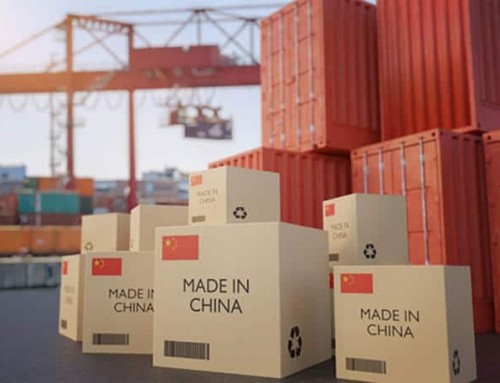
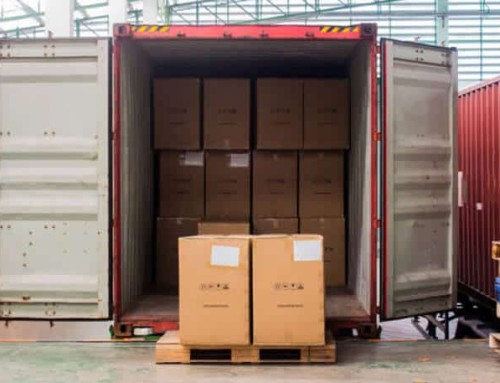

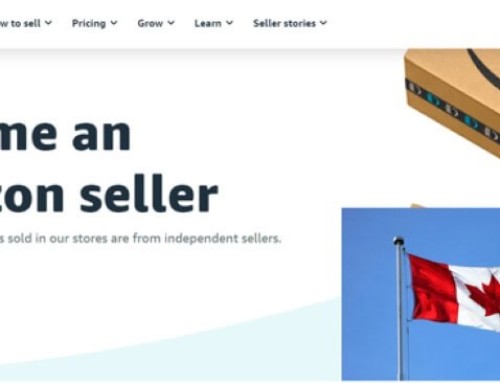

Leave A Comment